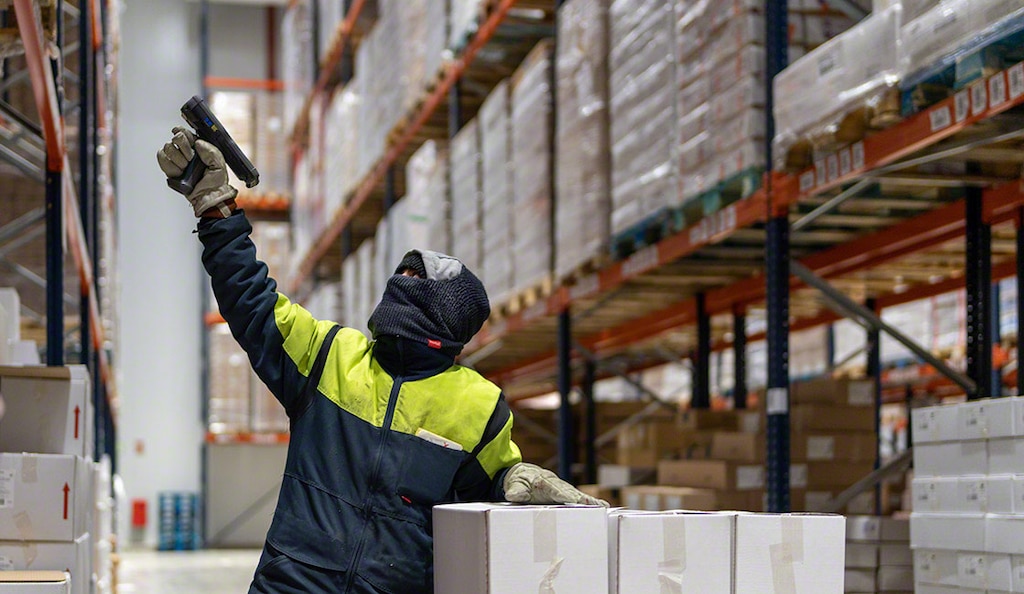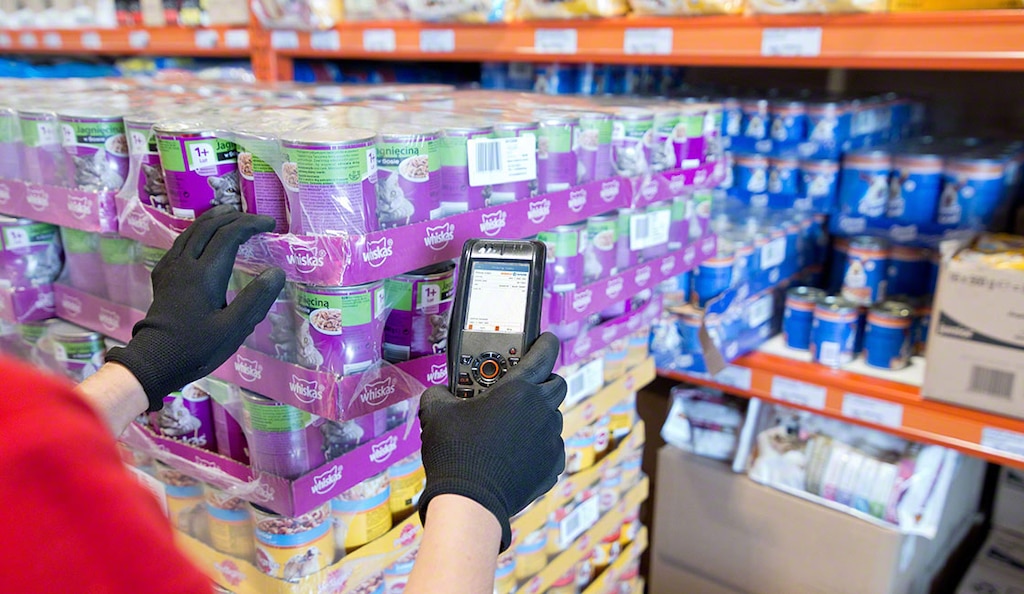
Ruggedized explained: Tough tech for industrial environments
Ruggedized devices are a key feature in industrial settings, ensuring operational continuity in rough conditions. Choosing the right equipment is critical for efficient workflows, extended device lifespan, and optimal task performance.
What does ruggedized mean?
A rugged or ruggedized device is built to operate efficiently and reliably under extreme or challenging conditions. This equipment typically incorporates enhanced durability features that enable it to withstand harsh environments such as high or low temperatures, drops, shocks, vibrations, dust, water, and humidity.
Ruggedized devices deliver consistent, long-lasting performance in demanding industries where standard equipment may fail due to adverse environmental conditions or heavy use.
What are ruggedized devices in a warehouse?
In logistics facilities, rugged equipment is engineered to endure the operational demands of daily tasks. These devices — often integrated with a warehouse management system (WMS) — are vital for maintaining productivity and business continuity in tough conditions.
- Rugged RF scanners. These handheld devices (similar to smartphones) are used for barcode scanning and inventory management. They operate in extreme temperatures, including cold storage. Additionally, they’re resistant to dust, water, and drops from up to 6'.
- Rugged barcode readers. Unlike RF scanners, these don’t have a screen and are used strictly for data capture — even in low-visibility conditions.
- Rugged tablets and laptops. Logistics managers often use these devices, which are larger than a PDA, to manage operations in real time. They feature durable touchscreens and a long battery life to support demanding workflows.
- Handling equipment with ruggedized terminals. RFID devices mounted on forklifts or pallet trucks are built to withstand vibrations.
- Ruggedized industrial PCs and printers. Designed for harsh settings, this equipment can perform in dusty or temperature-sensitive areas without compromising performance.
- Ruggedized communication devices. Two-way radios or mobile devices that enable seamless communication between warehouse teams — regardless of the environment.

Why rugged devices are crucial in warehousing and distribution
Ruggedized equipment brings multiple benefits, particularly in terms of durability, operational efficiency, and long-term cost reductions. Below are its main advantages:
- Built to last. Ruggedized devices are designed for harsh environments — from dusty or humid areas to cold storage and sudden temperature changes — giving them a longer lifespan.
- Operational reliability. Their robust design helps prevent breakdowns for smoother operations and minimal downtime.
- Increased productivity. Ruggedized equipment can handle heavy workloads like constant scanning and large data transfers without a hitch.
- Lower operating costs. While the upfront investment may be higher, savings on repairs and replacements make rugged devices a cost-effective choice.
- Seamless tech integration. Ruggedized devices are made to work with ERPs, WMSs, and other systems, optimizing inventory traceability and control.
- Stronger connectivity. Equipped with warehouse WiFi, RFID, and other tech, rugged devices maintain stable connections even in signal-challenged areas.
- Versatile applications. They’re ideal for a wide range of logistics tasks (picking, receiving, shipping, and inventory control) both indoors and outdoors.
- Customizable. Numerous models support accessories like forklift mounts and RFID readers to match specific operational needs.
- Standards-compliant. Many rugged devices meet standards like IP65/IP67, offering strong protection against dust and water and fulfilling strict industrial regulations.
Choosing the right ruggedized equipment
Investing in the most suitable rugged device for your logistics facility delivers durability and efficiency in tough working conditions. Here are some key factors to keep in mind when making your decision:
- Environmental conditions. The device should be built to withstand the specific challenges of your warehouse or distribution center (DC), such as dust, moisture, extreme temperatures, drops, or impacts. Reliability in these conditions is paramount.
- Durability and lifespan. A well-built device will last longer and reduce the need for frequent replacements.
- Ease of use. Even in harsh environments, ruggedized devices should be user-friendly. Look for intuitive interfaces, accessible controls, and usability features like glove-compatible screens and visibility in low-light areas.
- System compatibility. Make sure the equipment integrates seamlessly with the existing technology systems in your DC, such as your WMS.
- Support and response time. A reliable provider should offer customer service that aligns with your business’s pace and needs.
- Total cost. Don’t just look at the upfront price — factor in maintenance, repair costs, and energy use. A more expensive device might pay off with better performance and longevity.

Ruggedized devices to boost productivity
Ruggedized equipment has become an essential tool across a wide range of industrial and demanding work environments (warehouses, DCs, logistics centers, and factories). Its durability and reliability help ensure uninterrupted operations, reduce downtime, and optimize workforce productivity.
If you’re looking to incorporate this tough tech into your daily operations and strengthen your long-term competitiveness, get in touch. Our experts will raise the bar on efficiency and profitability in your logistics processes.
